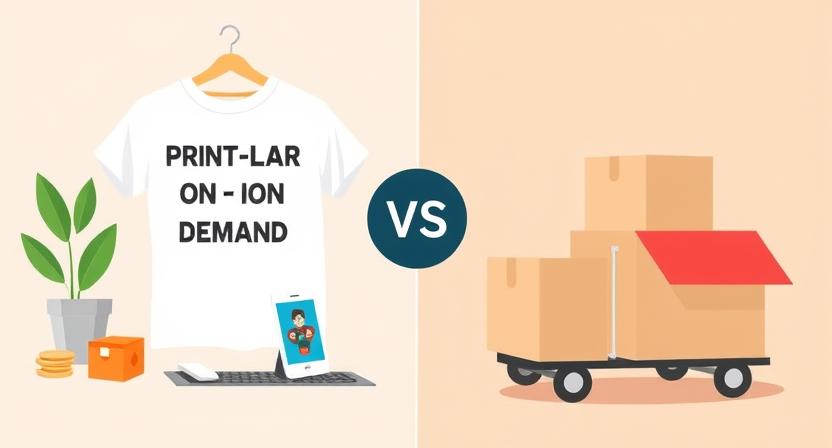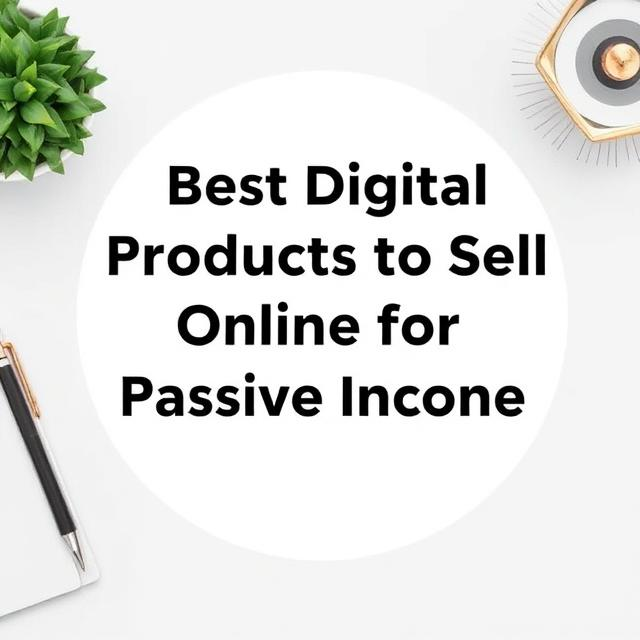E-commerce has revolutionized the way people start businesses, and two of the most popular business models today are Print-on-Demand (POD) and Dropshipping. Both allow entrepreneurs to sell products without maintaining inventory, but they differ significantly in terms of profitability, scalability, and management. If you’re wondering which model is more profitable for you, this guide will break down the pros, cons, and key differences between POD and Dropshipping.
Understanding Print-on-Demand (POD)
Print-on-Demand is a business model where custom designs are printed on products such as t-shirts, mugs, phone cases, and posters only after a customer places an order. This eliminates the need for bulk inventory and reduces upfront costs. Popular POD platforms include Printful, Teespring, and Redbubble.
Pros of Print-on-Demand:
- No inventory costs: Products are created only when an order is placed, avoiding stockpiling issues.
- Brand customization: Unique, original designs allow for a distinct brand identity.
- Higher profit margins: Customized products can be sold at a premium price.
- Low upfront investment: You only pay for production when an order is made.
Cons of Print-on-Demand:
- Limited product selection: You can only sell items that support customization.
- Longer fulfillment times: Since products are made on demand, shipping can take longer compared to traditional e-commerce.
- Higher production costs: Custom printing and one-off production often lead to higher costs per unit.
Understanding Dropshipping
Dropshipping is a fulfillment method where you sell products without holding inventory. Instead, when a customer places an order, you purchase the product from a third-party supplier who ships it directly to the customer. Popular dropshipping suppliers include AliExpress, CJ Dropshipping, and Spocket.
Pros of Dropshipping:
- Wide product variety: You can sell thousands of different products without restrictions.
- Lower upfront costs: No need to buy inventory before making sales.
- Easier to scale: Adding more products to your store is simple without worrying about storage.
- Faster shipping times (with the right suppliers): If you choose local suppliers, customers receive their orders quicker.
Cons of Dropshipping:
- Lower profit margins: Since you’re competing with many other sellers, pricing can be competitive.
- No customization: You can’t differentiate yourself much beyond branding and marketing.
- Supplier reliability issues: Delays and poor-quality products can damage your store’s reputation.
Which One Is More Profitable?
Both business models have potential for profitability, but your choice depends on your business goals and target market.
Profit Margins
- POD generally has higher profit margins since customized products can be sold at a premium.
- Dropshipping relies on competitive pricing, making margins lower but offering potential for high sales volume.
Scalability
- Dropshipping is easier to scale since you can quickly add new products without design efforts.
- POD businesses take time to design new products, making rapid scaling more challenging.
Marketing and Customer Acquisition
- POD requires strong branding and unique designs to stand out.
- Dropshipping depends on effective marketing strategies like Facebook ads and SEO to drive sales.
Customer Satisfaction
- POD products are unique, but longer shipping times can affect satisfaction.
- Dropshipping may have faster shipping but comes with risks like unreliable suppliers.
Final Verdict
If you enjoy creativity and want to build a long-term brand, Print-on-Demand may be the better option with higher margins. However, if you want to sell a variety of trending products quickly, Dropshipping could be more profitable due to its scalability and flexibility.
Ultimately, success in either model depends on choosing the right niche, suppliers, and marketing strategies. Consider experimenting with both to see which aligns best with your business goals!






Leave a Reply